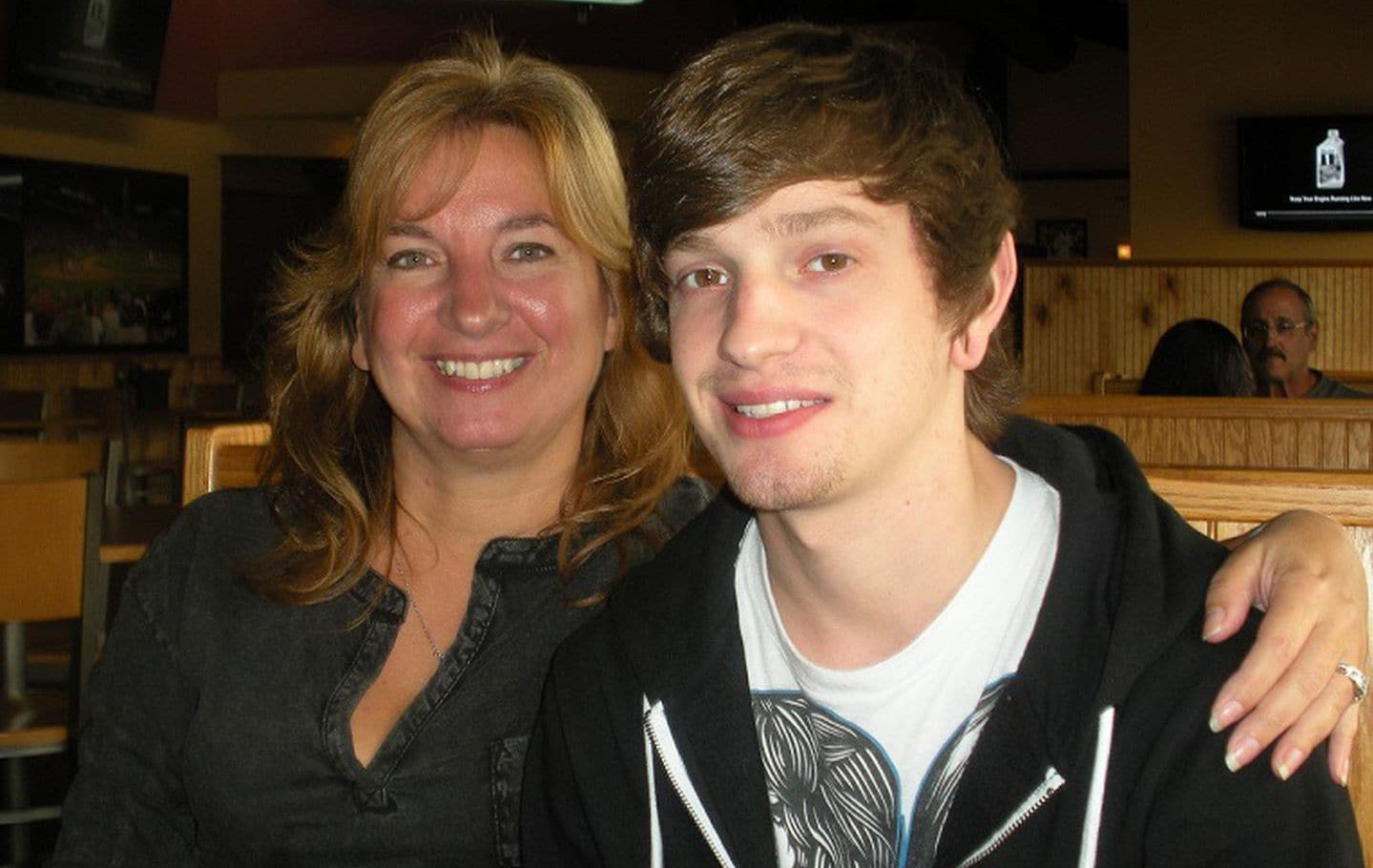Categories
Journalism opioidsThe Washington Post has chronicled the ongoing opioids crisis for years. I have been a part of that team since June during my internship at the Investigative Reporting Workshop. The investigative desk has detailed the drug companies’ handling of the marketing and distribution of painkillers as well as the epic legal battle between local and state governments and drugmakers.
For two months, I reviewed court documents from lawsuits against drug companies to find out — through internal emails, company meeting memos and sales force presentations — how they created a marketing machine to sell more opioids.
For one company, which manufactured oxycodone, the sales team had a mantra. “You only have 1 responsibility. SELL BABY SELL!” In addition to an incentivized sales force, companies used doctors, celebrities and spokespeople to rally under a message of undertreated pain.
I helped with reaching out to those identified in court documents; some responded with statements, and others had no comment.
The investigation is a part of an ongoing series on the crisis, which former journalism graduate student Shelby Hanssen contributed to in the past through IRW and the School of Communication’s practicum inside the Post newsroom. The series has also been published on the IRW website.
In addition to my investigative work, I recently searched for what good may have come from the deaths. I found MaryBeth Moore Zocco, whose son, Ryan Moore, died from a fentanyl overdose. Zocco now writes cards to other parents whose children died from opioids in an effort to fight the stigma of drug abuse and addiction. (This story was produced as a part of The Post’s Inspired Life section. For another story I wrote for Inspired Life, click here.)
Lastly, if you haven’t already, check out The Washington Post’s investigative desk’s latest project, The Afghanistan Papers, about how U.S. officials systematically misled the public about the war in Afghanistan, according to confidential documents obtained by The Post from interviews with people involved in the U.S. efforts in Afghanistan. For this project, I reached out to the people interviewed ahead of the story’s publication to get comments.





